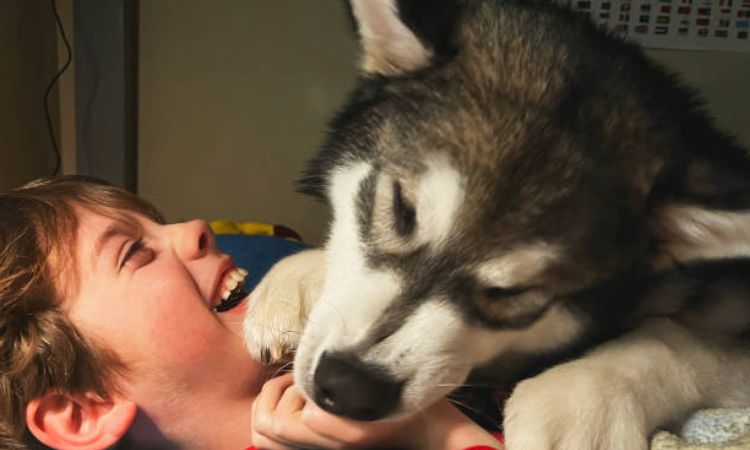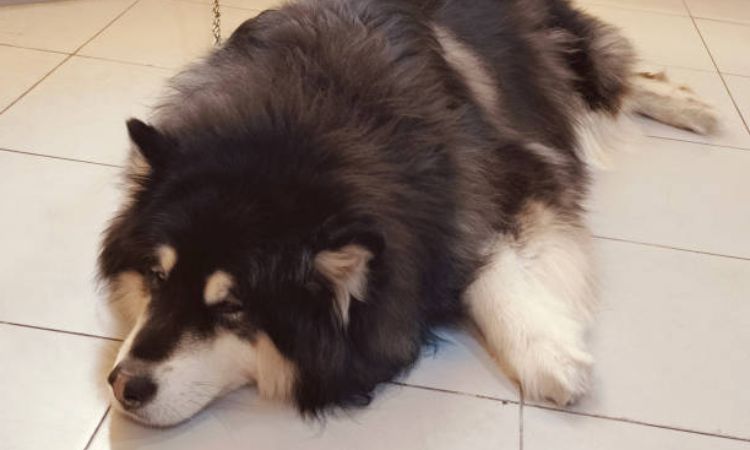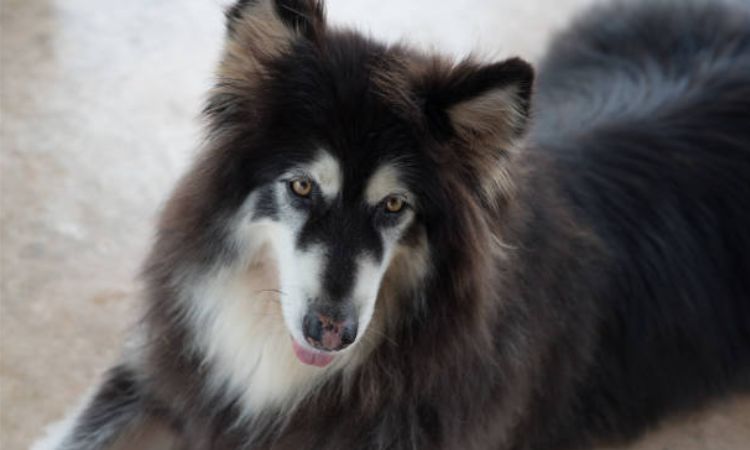The Giant Alaskan Malamute is a striking blend of strength, endurance, and gentle loyalty a true Arctic legend in canine form. Bred for resilience and known for their affectionate nature, these dogs are as impressive in stature as they are in spirit.
In this guide, we’ll explore the world of Nexus-Pets Giant Alaskan Malamutes, covering everything from their size and weight to tips on finding trustworthy breeders who honor the integrity of this remarkable breed.

Size and Weight
Giant Alaskan Malamutes typically stand between 30 to 35 inches tall, compared to the standard Malamute’s 23 to 25 inches. In terms of weight, Giants commonly range from 100 to 150 pounds, with rare individuals reaching up to 190 to 200 pounds. Standard Malamutes usually weigh between 75 and 85 pounds for males and around 75 pounds for females.
Factors Influencing Size
Several factors affect the size of a Giant Malamute:
- Genetics and selective breeding: Breeders intentionally select the largest and most robust Malamutes to produce bigger offspring over multiple generations.
- Nutrition and exercise: Proper diet and adequate physical activity are crucial to healthy growth and reaching their full size potential.
Myths and Misconceptions
There are common misunderstandings about Giant Malamutes’ size:
- Claims of Malamutes weighing over 200 pounds are extremely rare and often unrealistic or unhealthy.
- It’s important to note that Giant Alaskan Malamutes are not a separate breed, but rather larger individuals selectively bred from the standard Malamute bloodline.
Myths and Misconceptions
One common myth about Giant Alaskan Malamutes is that they regularly reach extreme weights of 200 pounds or more. While some rare individuals have been reported near this size, such cases are extremely uncommon and often not healthy or sustainable for the dog. Most Giant Malamutes weigh between 100 and 150 pounds, which is already significantly larger than the standard Malamute but still within a healthy range. Exaggerated claims of oversized weights should be viewed skeptically, as they can mislead potential owners about the true size and care requirements of these dogs.
Another important clarification is that the Giant Alaskan Malamute is not a distinct or officially recognized breed. Instead, it is a term used to describe Malamutes selectively bred for larger size within the standard Alaskan Malamute breed lines. These dogs share the same ancestry, physical traits, and characteristics as standard Malamutes but have been bred to be bigger. This selective breeding for size is sometimes controversial among purists who prefer to maintain the traditional breed standard. However, the Giant Malamute remains genetically and functionally the same breed as the standard Alaskan Malamute, just larger in stature.

Health Considerations
Giant Alaskan Malamutes typically have a lifespan of around 8 to 12 years, which is slightly shorter than the average for standard Malamutes due to their larger size. Like all large breeds, they are prone to certain health issues that owners should be aware of.
Common health concerns include joint problems such as hip and elbow dysplasia, which can cause pain and mobility challenges as the dog ages. Maintaining a healthy weight and providing proper nutrition can help reduce the risk of these conditions. Other potential issues include eye disorders and hypothyroidism, though these are less frequent.
Due to their thick double coat, Giant Malamutes require regular grooming to manage heavy shedding. Frequent brushing—often daily during shedding seasons—is essential to remove loose fur, prevent matting, and keep their coat and skin healthy. Owners should be prepared for the time and effort needed to maintain their dog’s coat properly.
Reputable Giant Alaskan Malamute Breeders
What Makes a Breeder Reputable?
A reputable Giant Alaskan Malamute breeder prioritizes the health, temperament, and integrity of the breed above all else. Key qualities include:
- Comprehensive Health Testing and Certifications: Responsible breeders perform thorough health screenings on their breeding dogs, including tests for hip and elbow dysplasia, eye conditions (like cataracts), thyroid function, and genetic disorders such as chondrodysplasia and polyneuropathy. These certifications should be available for potential buyers to review.
- Transparency and Open Communication: Reputable breeders maintain clean, spacious facilities that meet or exceed local animal welfare regulations. They openly share information about their breeding practices, lineage, and health protocols. They are accessible and willing to answer all questions regarding care, temperament, and breed characteristics.
- Ethical Breeding Practices Without Exploitation: They avoid participation in “puppy mills” or mass breeding operations and do not engage in misleading marketing tactics, such as inflating dogs’ weights to appear more impressive. Genuine size claims are supported by clear, comparative photos and documented lineage.

Examples of Reputable Giant Alaskan Malamute Breeders
| Breeder | Location | Key Features |
| Harvest Moon Malamutes | USA | Focused on pure M’Loot giant lines; health and temperament prioritized; honest size reporting. |
| Wakon Giant Alaskan Malamutes | USA | AKC registered; family-raised dogs; preservation of authentic, ancient giant Malamute lines. |
| Snowlion Alaskan Malamutes | California/Nevada | AKC champions; full health clearances; emphasis on working ability and sound genetics. |
| Mountain Ridge Malamutes | USA | Small-scale breeder focusing on health, temperament, and giant working lines. |
Pro Tip: When searching for a reputable breeder, consult national breed organizations like the Alaskan Malamute Club of America (AMCA) or regional clubs. These organizations often provide vetted breeder directories and guidance to help you find trustworthy breeders who uphold high standards.
The Giant Alaskan Malamute is a powerful and impressive dog, but its immense size and specific needs are a serious commitment. Understanding their typical size and weight is the first step, but it’s equally important to do your homework and find a reputable breeder who prioritizes the health and temperament of their dogs. By doing so, you can ensure you’re bringing home a healthy, well-socialized companion that will be a joy to have in your life for years to come.






